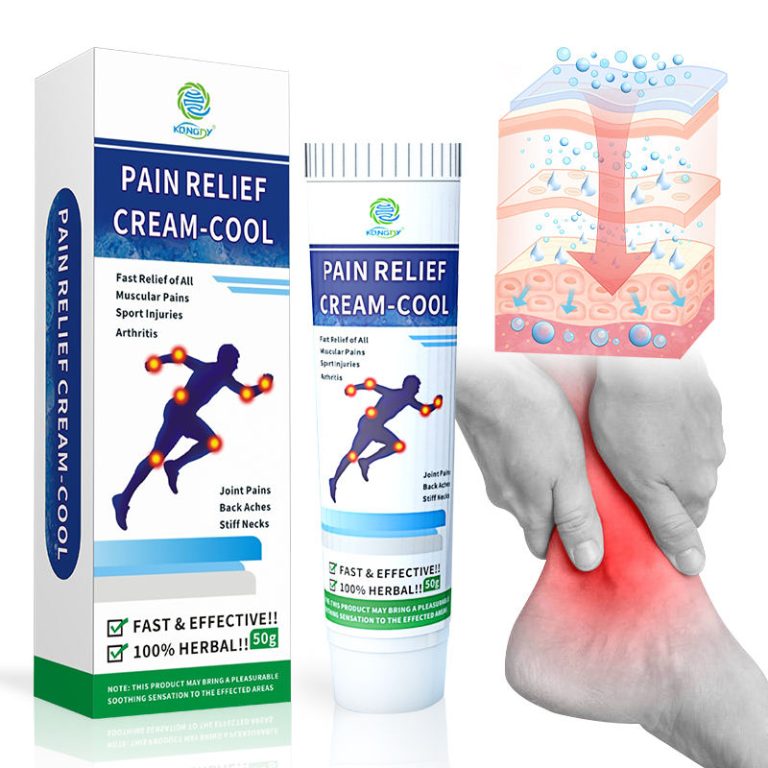Pain relief creams have become increasingly popular as a non-invasive method to manage various types of physical discomfort. These topical solutions offer a convenient and often effective way to address localized pain without the need for oral medications.
The primary function of pain relief creams is to provide targeted relief to specific areas of the body. Whether it’s arthritis in the joints, muscle soreness from exercise, or minor injuries, these creams can be applied directly to the affected area for quick action. The active ingredients in these formulations work by penetrating the skin and interacting with pain receptors or reducing inflammation in the underlying tissues.
Common active ingredients in pain relief creams include menthol, capsaicin, salicylates, and counterirritants. Menthol, derived from peppermint oil, creates a cooling sensation that can help numb pain. Capsaicin, found in chili peppers, works by depleting substance P, a neurotransmitter that sends pain signals to the brain. Salicylates, similar to aspirin, have anti-inflammatory properties. Counterirritants like camphor create a warming sensation that can distract from deeper pain.

One of the main advantages of pain relief creams is their localized effect. Unlike oral pain medications that circulate throughout the entire body, topical creams concentrate their action where they’re needed most. This targeted approach can lead to faster relief and potentially fewer systemic side effects compared to oral pain relievers.
Moreover, pain relief creams are generally easy to use and can be applied as needed throughout the day. They’re particularly beneficial for those who have difficulty swallowing pills or prefer to avoid oral medications. The non-greasy formulations of modern pain creams allow for discreet use, even during work or daily activities.
While pain relief creams can be highly effective for many individuals, it’s important to note that they may not be suitable for all types of pain or conditions. Deep tissue injuries or chronic conditions may require more comprehensive treatment approaches. Additionally, some people may experience skin irritation or allergic reactions to certain ingredients in these creams.
As with any medical product, it’s advisable to consult with a healthcare professional before using pain relief creams, especially for prolonged periods or in combination with other medications. They can provide guidance on the most appropriate type of cream for specific conditions and advise on proper usage.
In conclusion, pain relief creams offer a valuable option in the toolkit of pain management strategies. Their ease of use, targeted action, and generally minimal side effects make them an attractive choice for many individuals seeking relief from everyday aches and pains. As research continues and formulations improve, we can expect to see even more effective and specialized pain relief creams in the future, providing comfort and improved quality of life for those dealing with physical discomfort.






